Free decorative arts Image Generator
Just imagine, and we'll instantly return a variety of personalized decorative arts images—designed to bring your creativity to life!
- 4:3
- 3:4
- 1:1

image.state.default
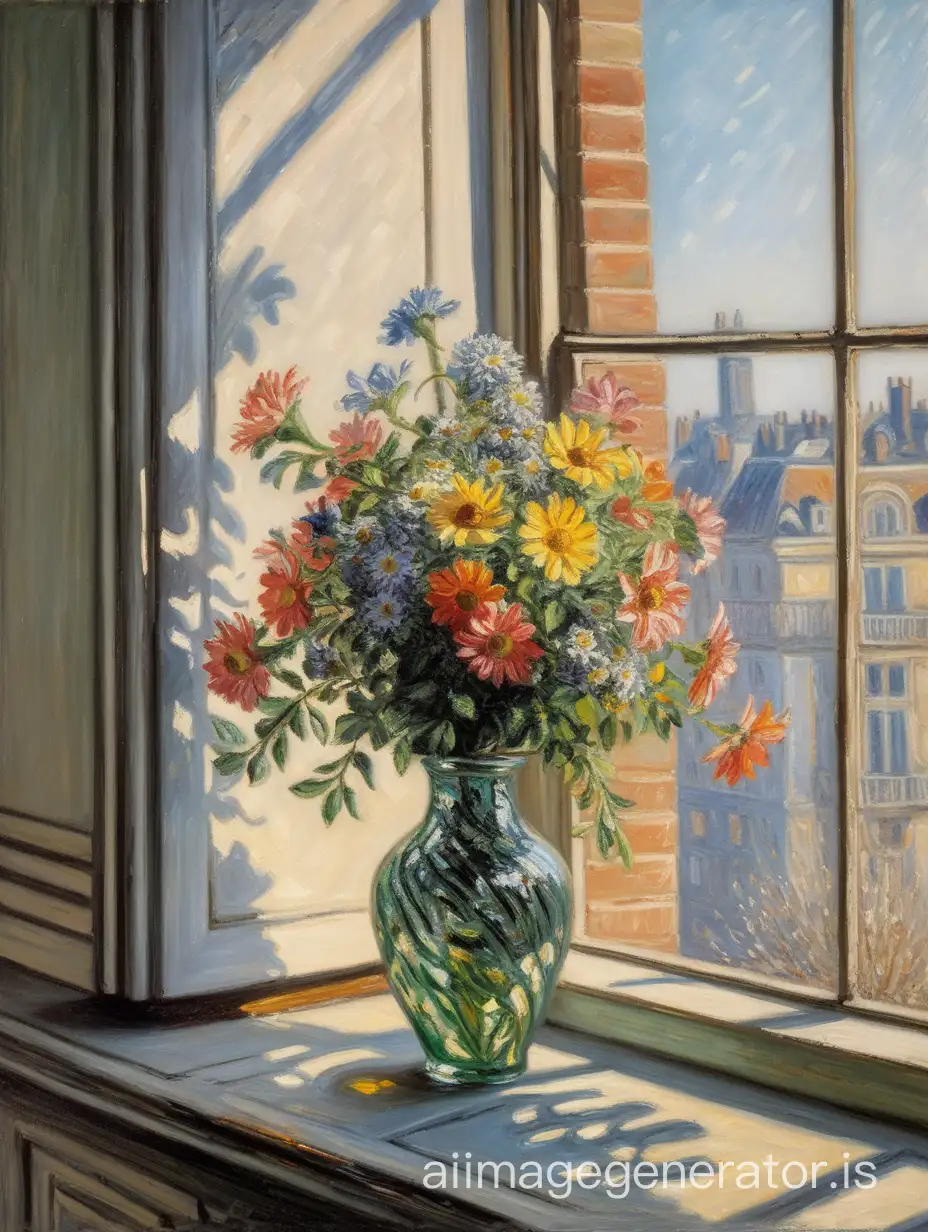
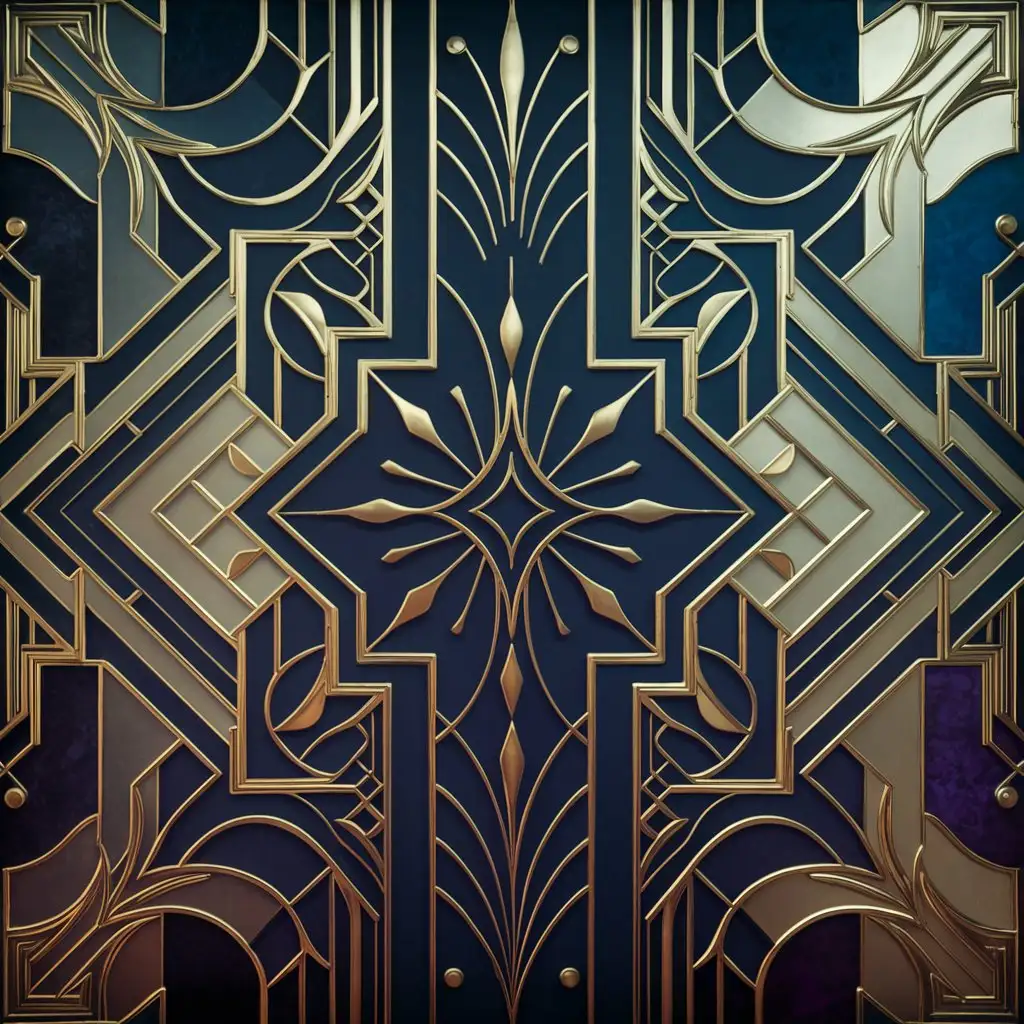
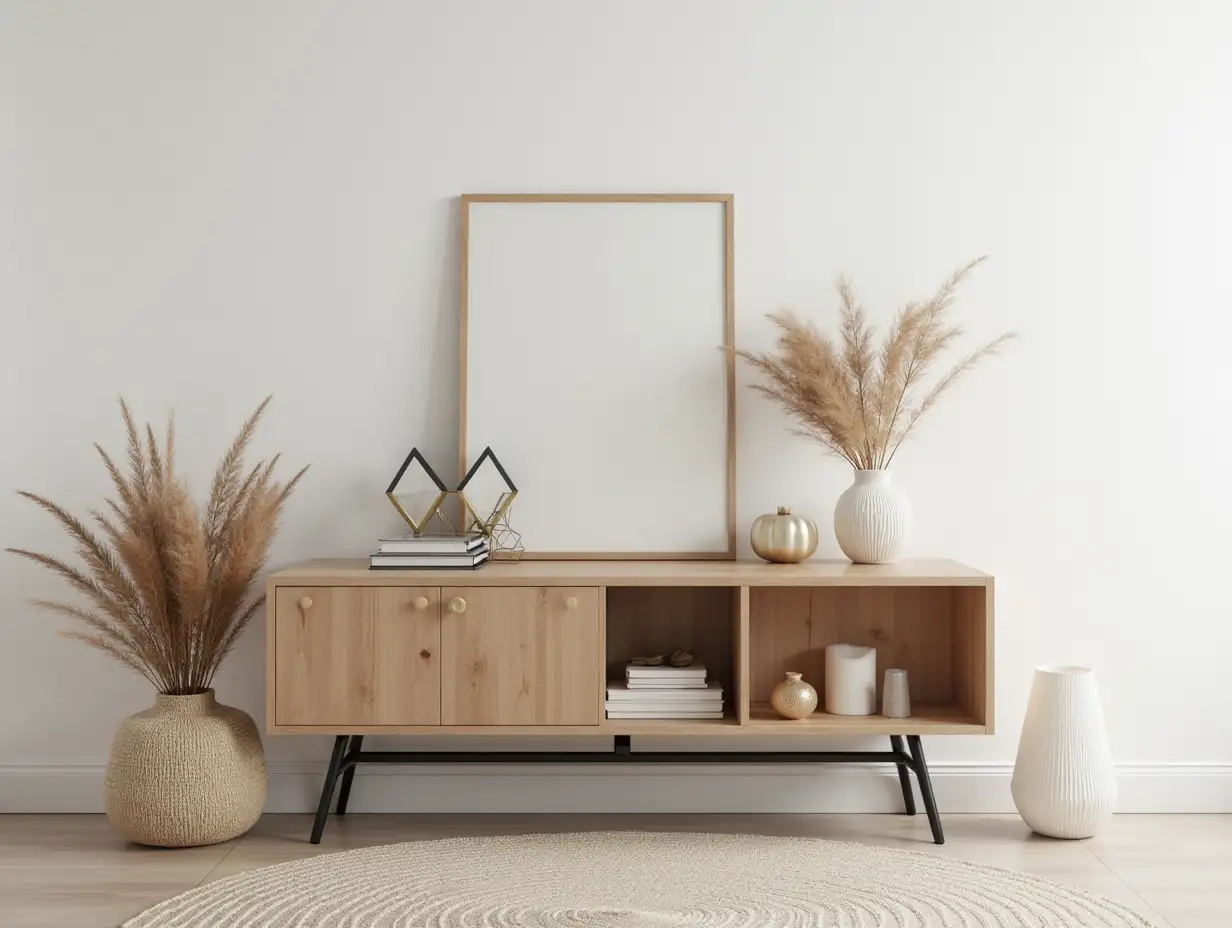
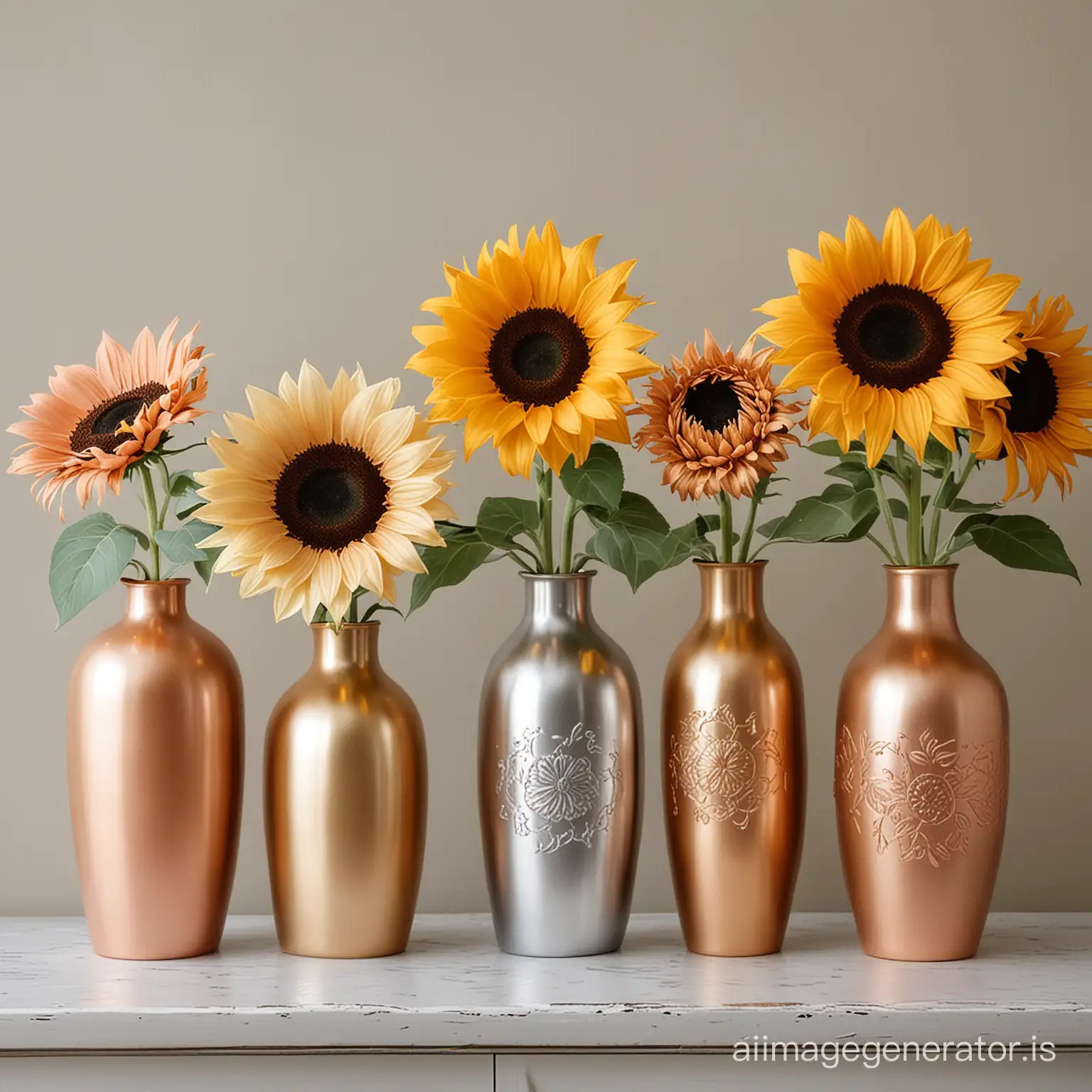
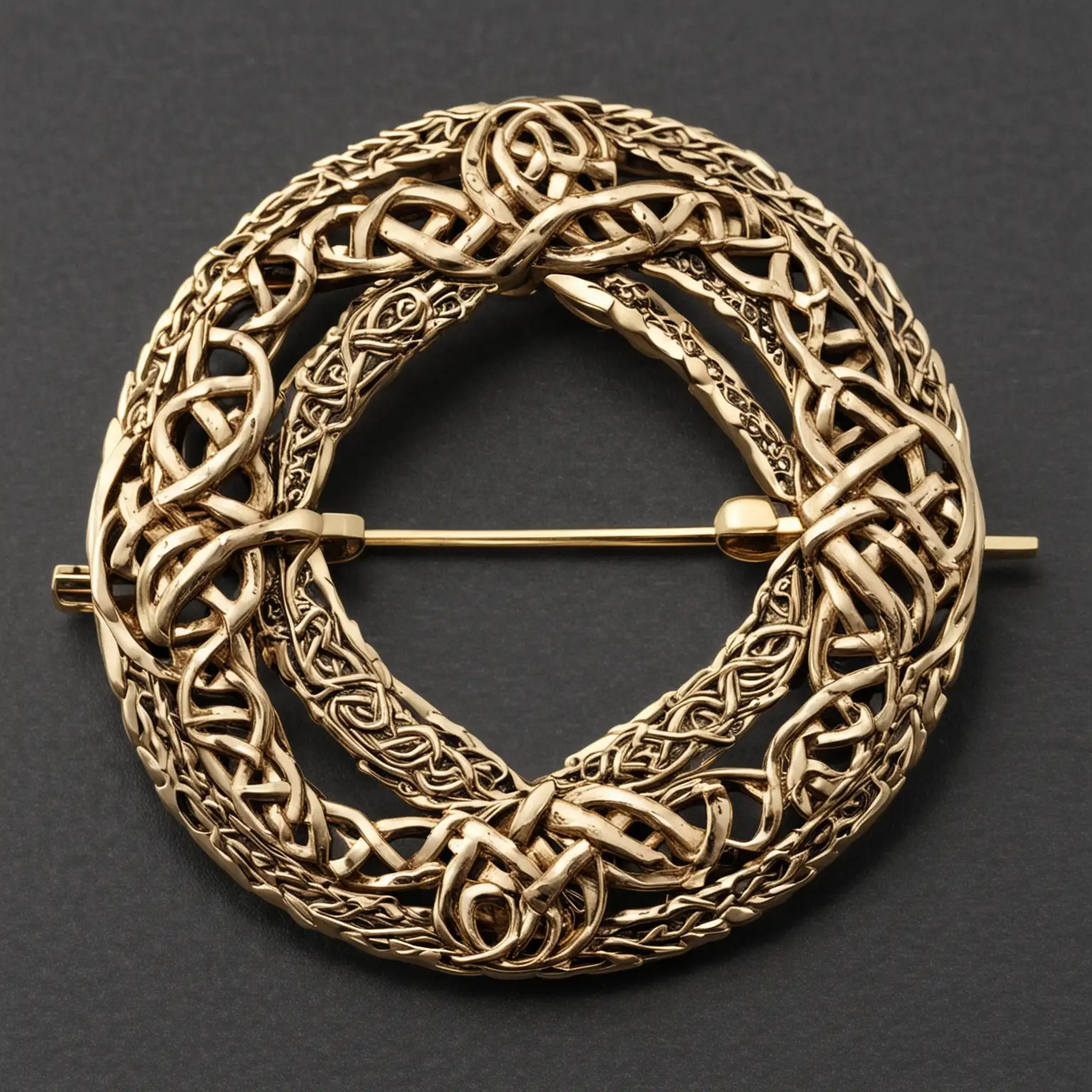
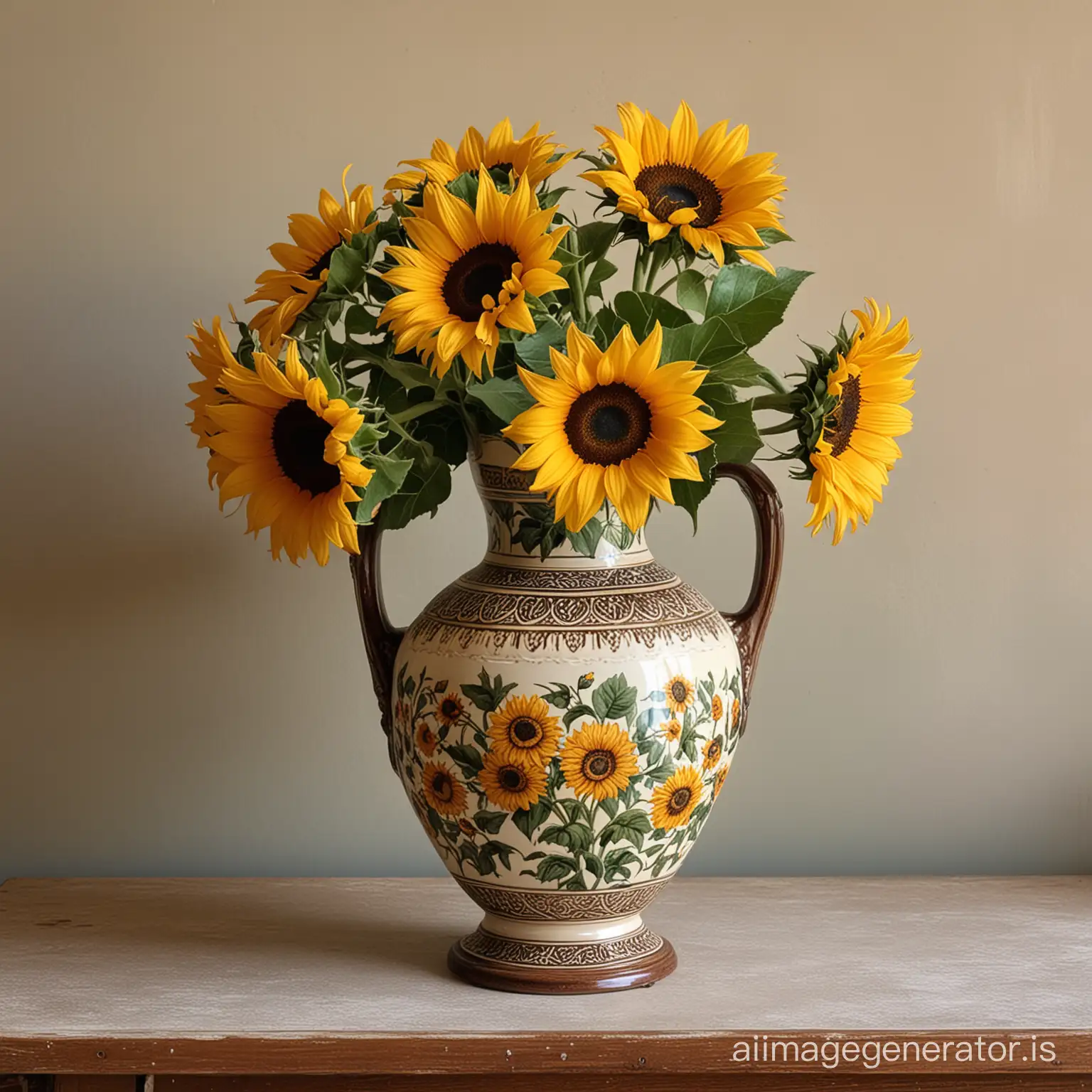
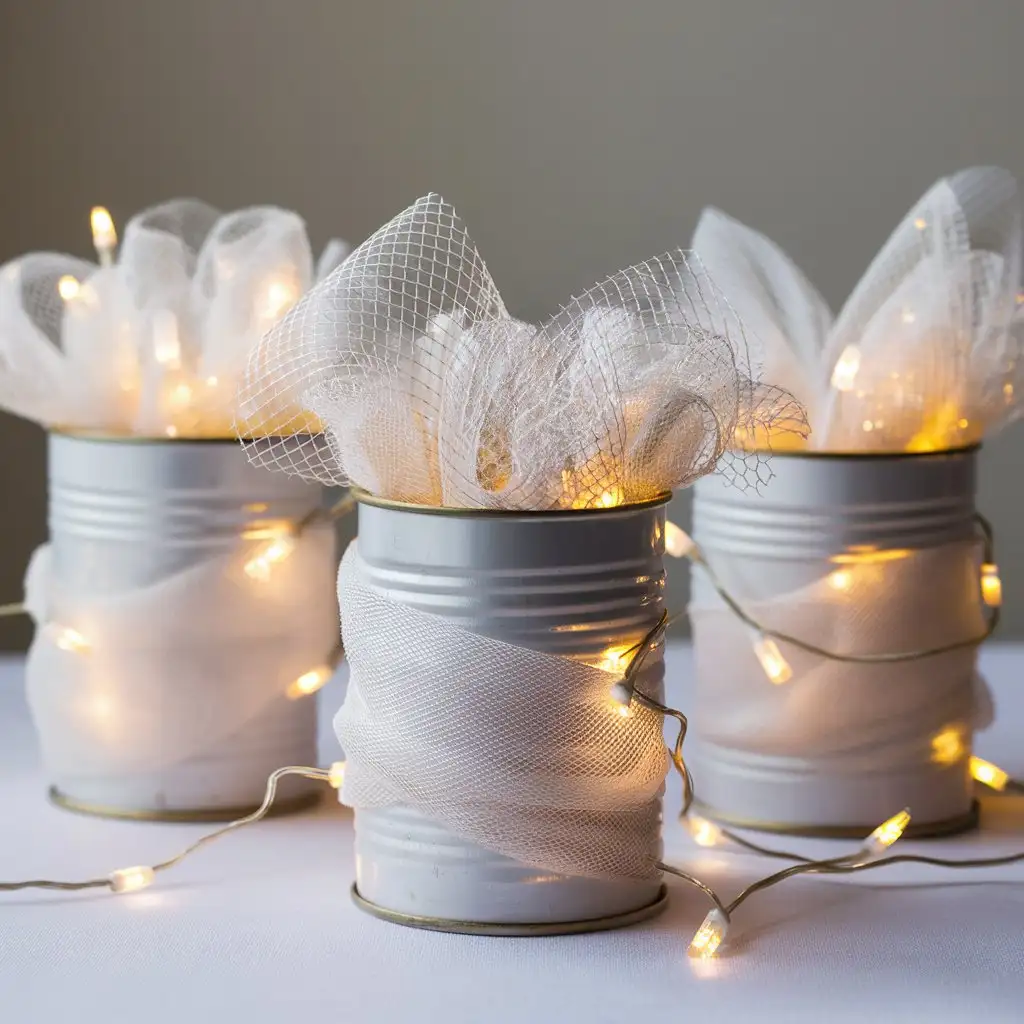
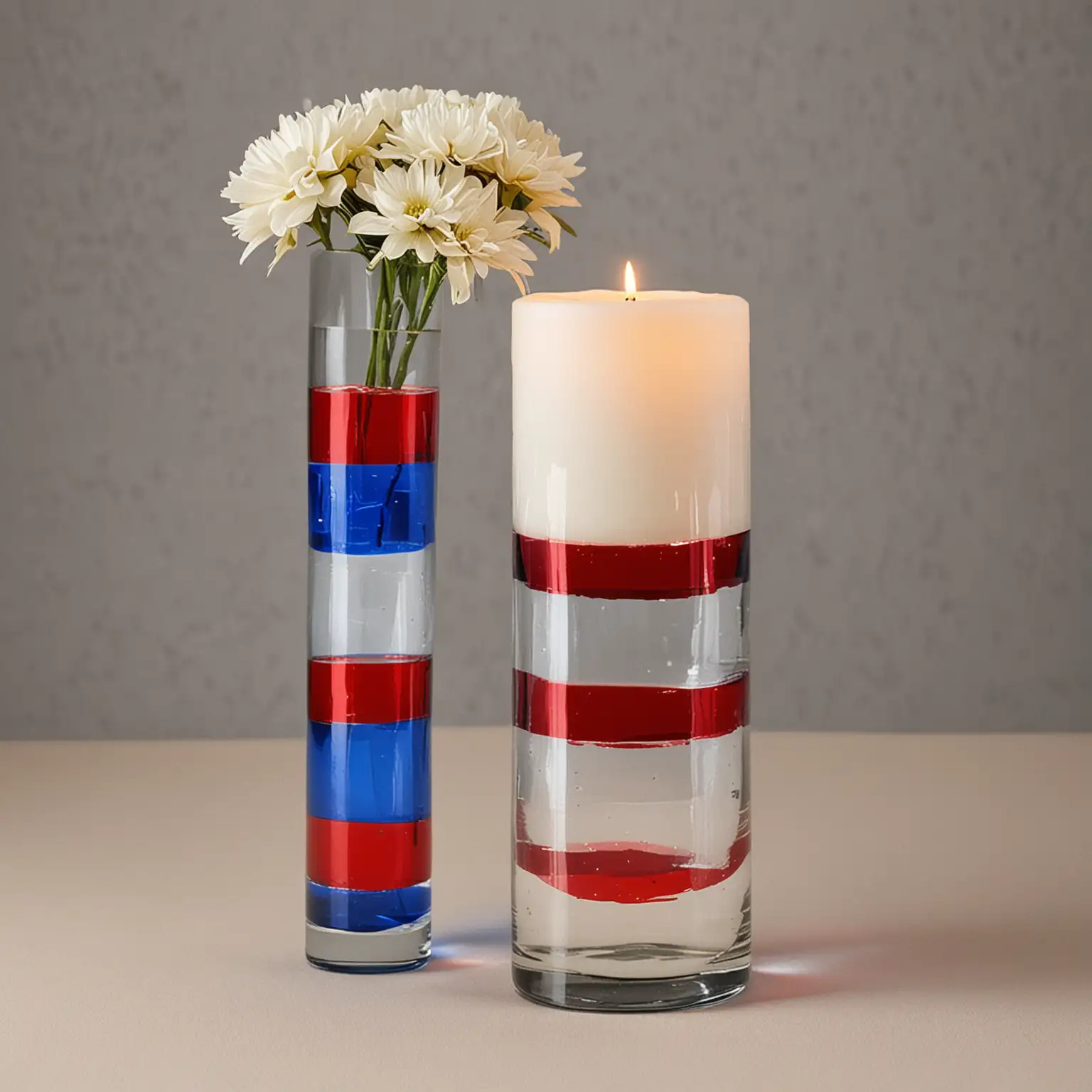
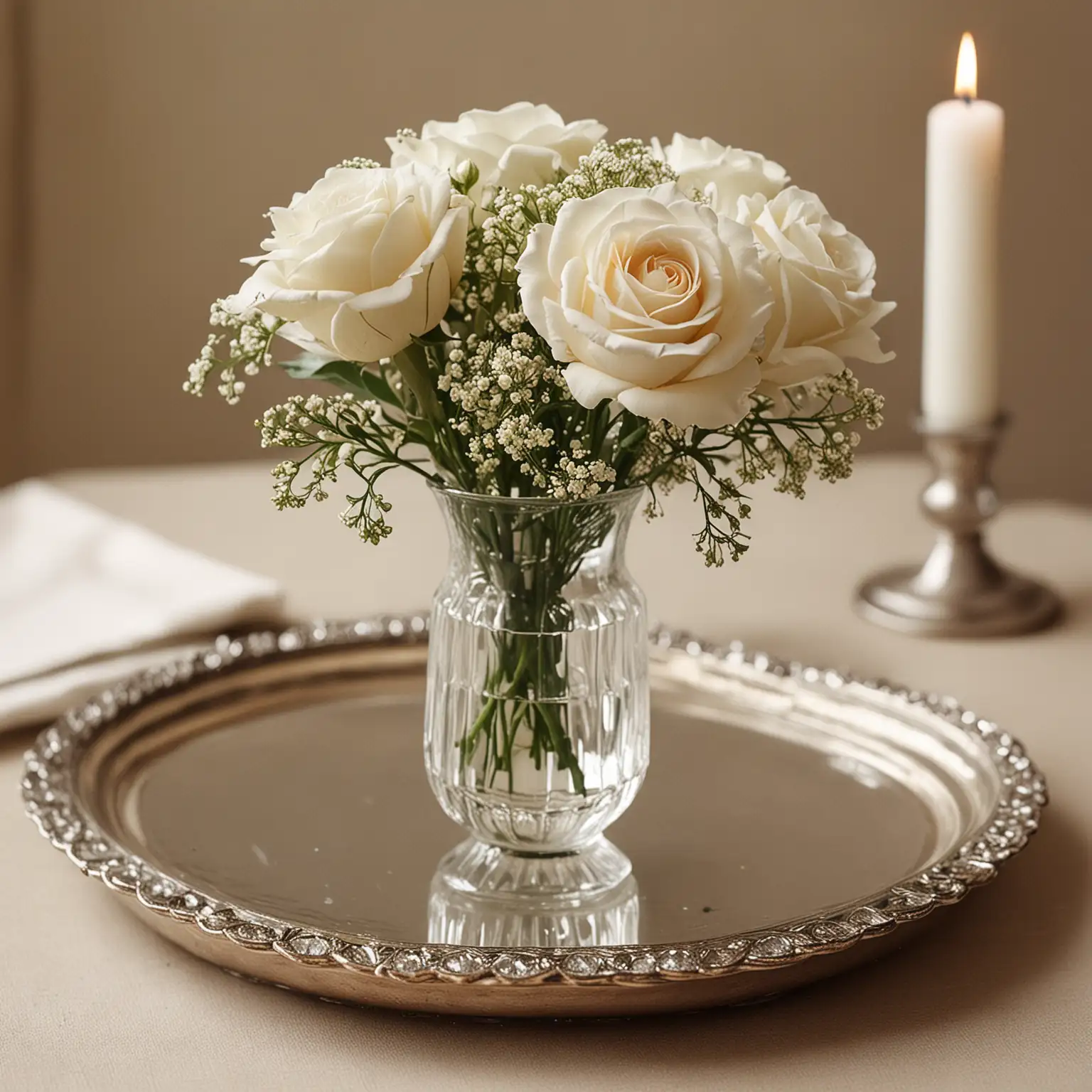
Related Tags
Decorative arts refer to the design and decoration of objects that are both beautiful and functional. This art form has a rich history, encompassing everything from ceramics and glassware to furniture and textiles. Historically, decorative arts have been a means of expressing cultural identity and craftsmanship, with notable examples found in ancient civilizations such as Egypt, Greece, and China. The evolution of decorative arts reflects changes in social structures, technological advancements, and artistic trends over time.
Understanding Decorative Arts and Their Historical Significance
The key characteristics of decorative arts include attention to detail, use of quality materials, and a focus on aesthetics as well as functionality. Decorative arts can be applied in various contexts, such as interior design, architecture, and everyday household items. For example, ornate furniture, intricate pottery, and stylish jewelry are all products of decorative arts. These items not only serve practical purposes but also enhance the visual appeal of spaces and reflect the tastes and values of their creators and users.
Characteristics and Applications of Decorative Arts
Throughout history, many artists and craftsmen have made significant contributions to the field of decorative arts. Notable works include the detailed tapestries of the medieval period, the intricate glasswork of Louis Comfort Tiffany, and the elegant furniture designs of Thomas Chippendale. These artists and their creations have left a lasting legacy, influencing modern design and inspiring contemporary artists. The Art Nouveau movement, with its emphasis on organic forms and elaborate ornamentation, is a prime example of the enduring influence of decorative arts.
Notable Works and Influential Artists in Decorative Arts
Decorative arts continue to have a profound impact on modern culture and design. In today's world, there is a growing appreciation for handcrafted items and traditional techniques, which is reflected in the popularity of artisanal goods and bespoke design. Contemporary designers often draw inspiration from historical decorative arts, incorporating classic elements into modern aesthetics. This blend of old and new creates unique, timeless pieces that resonate with a wide audience. Additionally, the rise of digital tools and AI-generated imagery has expanded the possibilities for creating and customizing decorative art.
The Impact of Decorative Arts on Modern Culture and Design